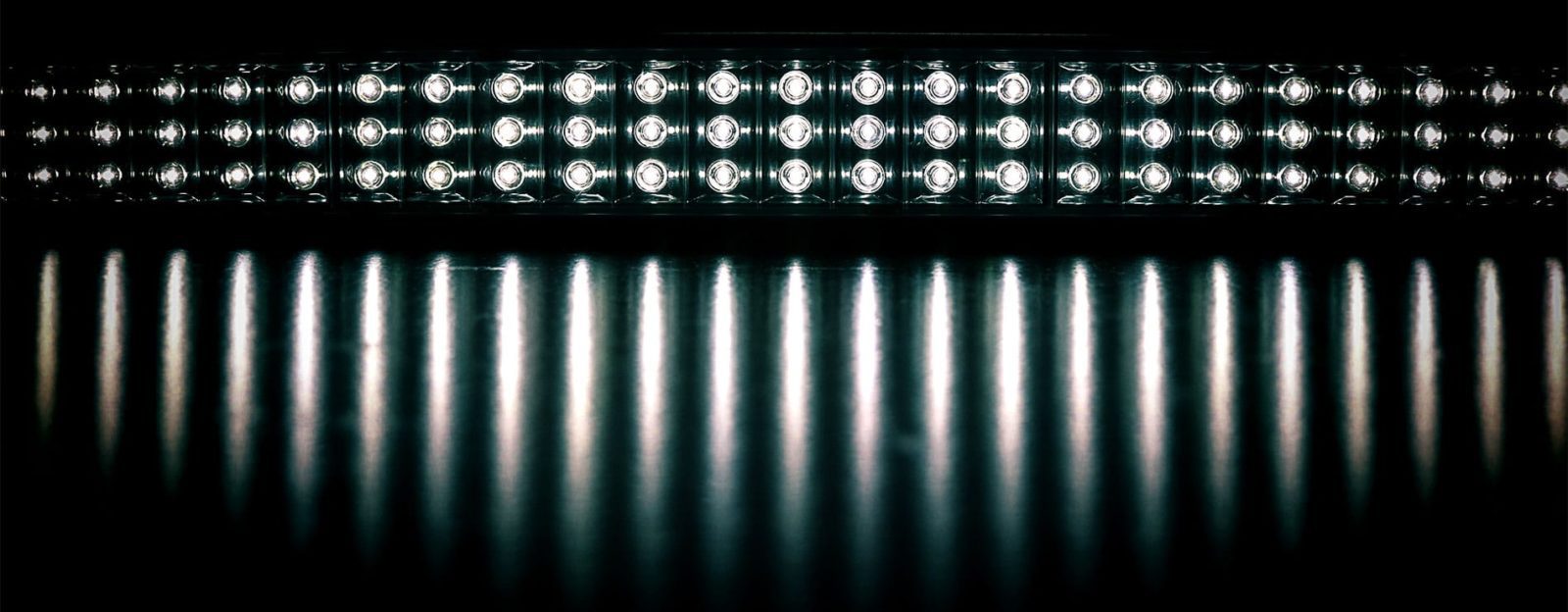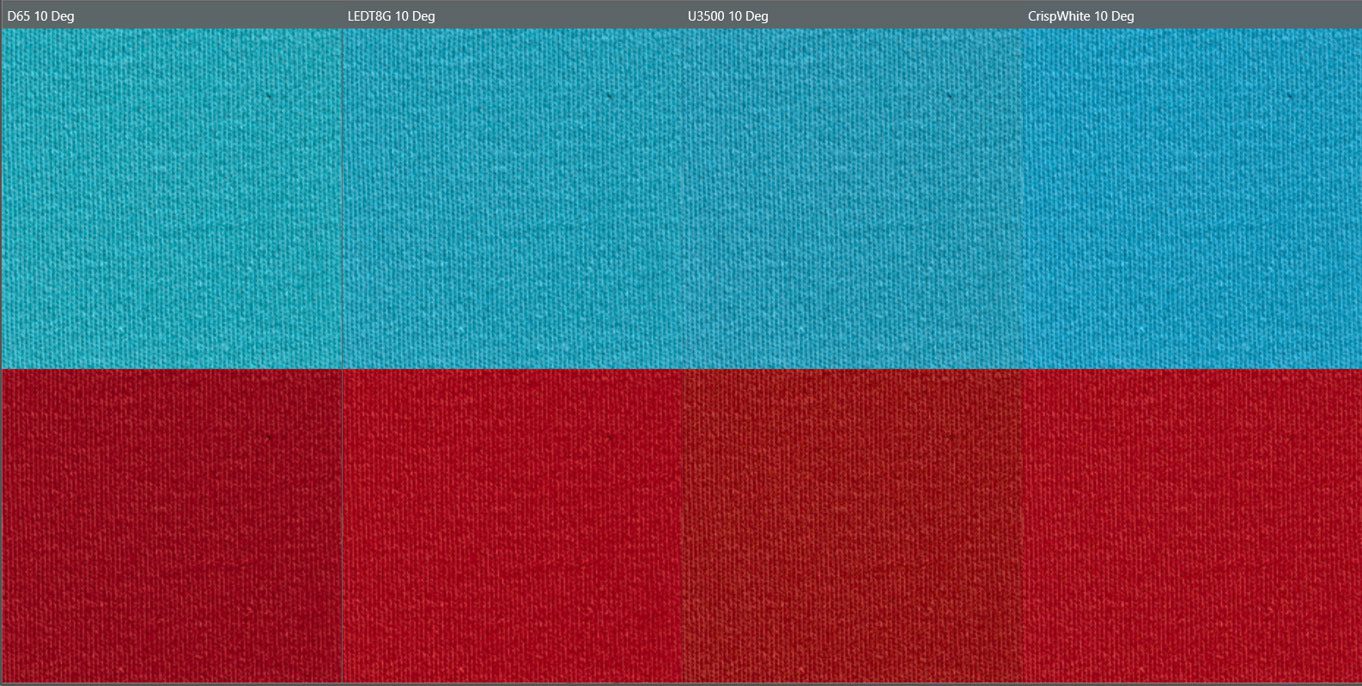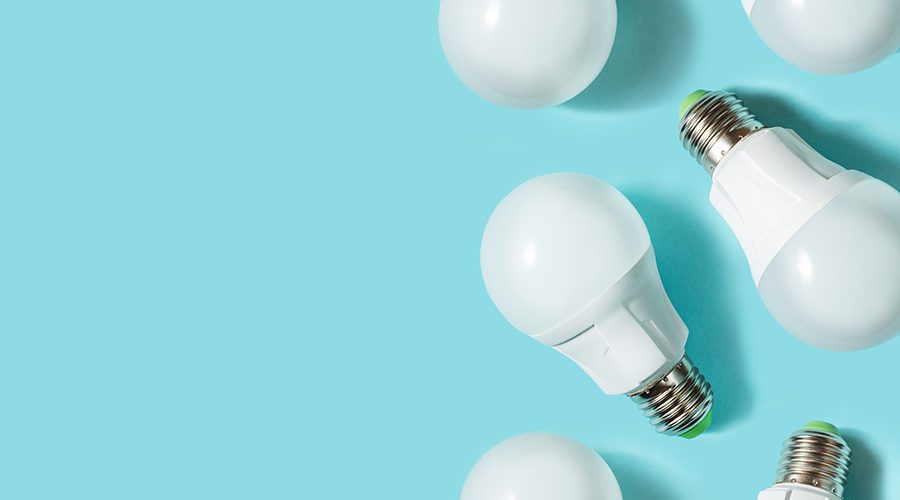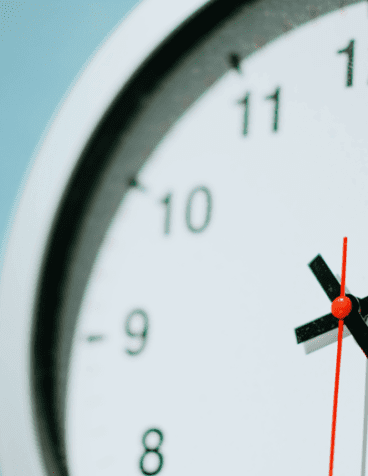By Ken Butts
This post is part of a three-part series. Read part 1 here and part 3 here.

Evaluating Flare
As previously stated, most colors change to some degree when the light source changes (flare). The question then is to what extent do my standards change color when I look at them in my original light source and then in the LED light source. Immediately following come the questions of what methods can I use to evaluate flare, how many of my standards are affected, is it a significant issue, and if so what can I do about it.
The first and simplest test for assessing flare is to look at standards in a light booth in the original light source – the one being replaced – and then in the LED light source. Of course, the light booth must be equipped with an LED source that matches the one used in the target environment to ensure a realistic evaluation. This can be difficult if the LED manufacturer does not have a working relationship with the light booth manufacturer, or if a suitable LED lamp is not available directly from the light booth manufacturer. Comparability between the lamps used in the target environment and the light booth are determined by comparing their “spectral power distribution” (SPD) data, which should be readily available from both parties. International standards organizations such as the International Commission on Illumination (CIE) typically approve standard SPD data for light sources, and the goal of both the LED and light booth manufacturers should therefore be to assign standard designations to their lamps to aid in their comparison.

There are however two significant challenges with visual sample evaluation. The first is that color memory and visual adaptation will prevent objective quantification of actual color change. As evaluators switch between lights in the light booth, the “memory” of the sample’s color will diminish, and as their eyes adapt to the new level of lighting in the second light source the evaluator’s impression of the magnitude and direction of flare will change. Another significant challenge is that standards should be evaluated one at a time, or at least one color family at a time. With color libraries that contain thousands of standards, visual evaluation in a light booth becomes a time-consuming and impractical process. Some specialized light booths are available that allow samples to be evaluated simultaneously in multiple light sources, and while this would address the problem of color memory it is still limited to evaluating only a few samples at one time.
As an alternative to visual sample evaluation, color management software can be used to numerically and graphically represent flare. The first requirement is that the SPD data for the selected LED light source must be available in the software, a task that will require assistance from the software provider in cooperation with the light source manufacturer. Once the SPD data for LED is available, the user can evaluate color inconstancy data to determine how colors will appear in LED versus daylight (designated D65). The same analysis can be performed in the light source that is being replaced (e.g. U3000, CWF, TL84, etc.), and then the two sets of data can be evaluated to determine if there are significant shifts in lightness, chroma (brightness/saturation), or hue between LED and the light source being replaced. Again, the color software provider can assist with this task. But because the analysis is based on data rather than visual assessment, thousands of samples can be evaluated simultaneously and objectively, with the data being sorted to quickly identify problem colors or color families. Other tools such as graphics and on-screen color display can also be useful for analyzing the impact of implementing LED.
At the end of the analysis, it should be clear which colors or color families change significantly when viewed in LED, so the question then becomes what should be done about it. While selecting a different LED that does not exhibit the issues sounds like an attractive solution, it may not be an option if the color office has no control over light source selection in the organization or if products are displayed in someone else’s store. The choice must then be made to either modify the standard to improve the flare, repeat the color development process (“lab dipping”) so that products match the standard in LED, or just wait until the next seasonal palettes are developed and treat LED like any other light source. Reviewing the worst-case standards with stakeholders will be essential in determining the right path to take.
I hope this has been helpful, next week, I will be talking about evaluating metamerism and summarizing the implementation plan. As always, for a comprehensive discussion of the color management implications of a switch to LED light sources, please contact me directly.









